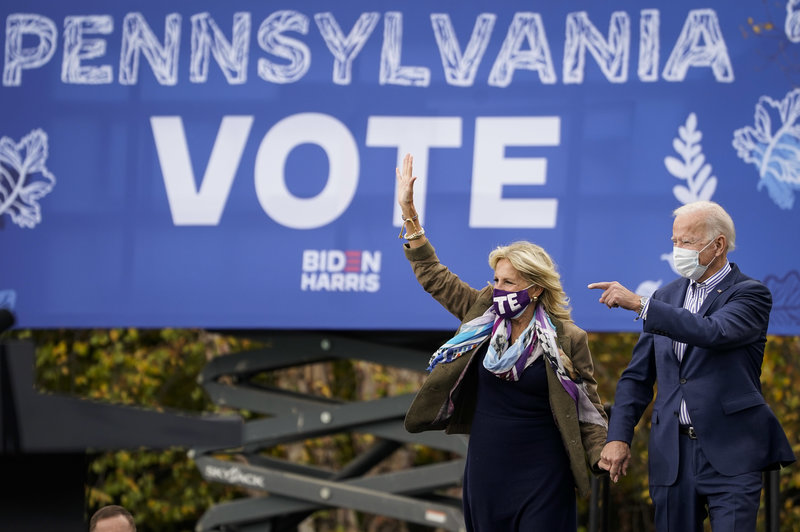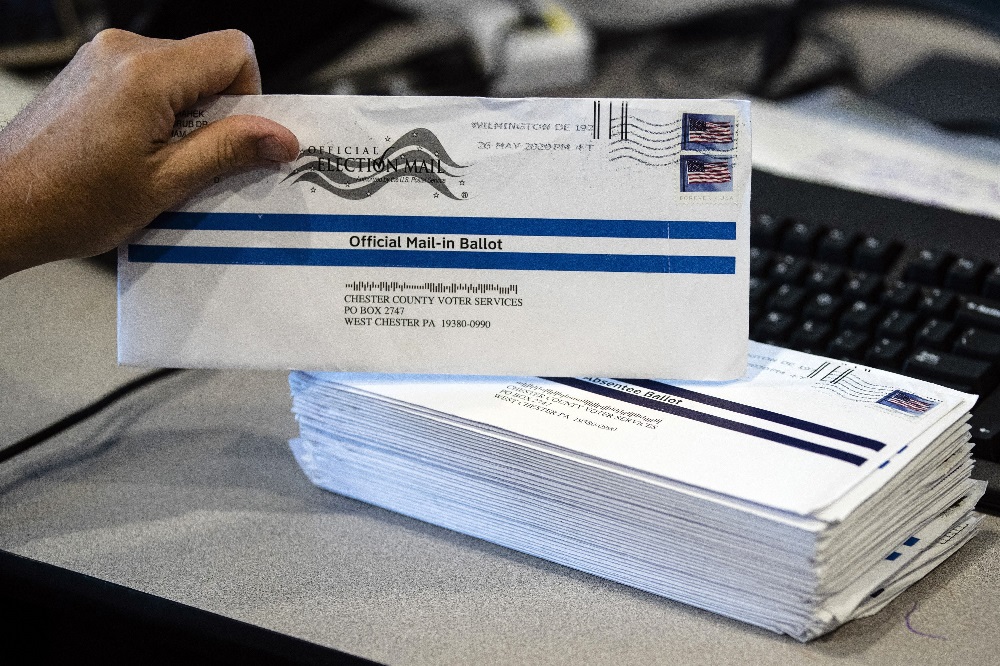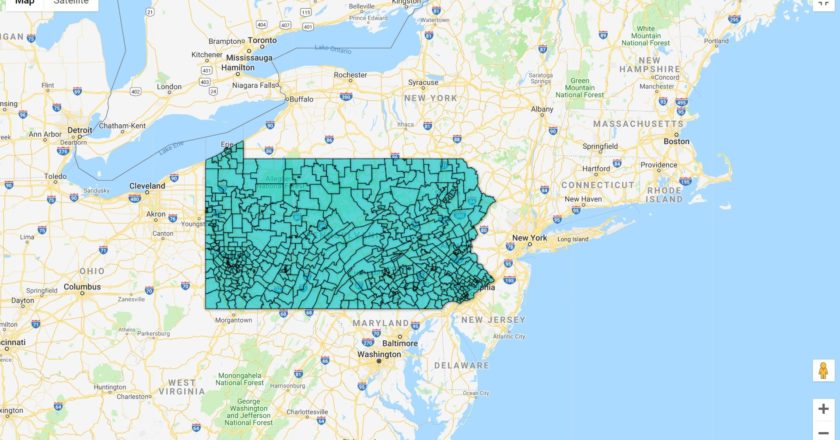It has been said before, but this most recent election was unprecedented and historic. Effectively executing an election in the middle of a pandemic amid a slew of controversies and misinformation is no small feat. Pennsylvania, in particular, was at the centerpiece of national campaigns.
Pennsylvania is often referred to as a “swing state” when talking about the presidential election. This means that in any given year, it is much harder to predict whether Pennsylvania’s 20 electoral votes will go to the Republican or Democratic candidate for president. Often it is a heavily contested “purple state” in contrast to a “deep blue” state like New York or a “deep red” state like Kentucky, whose outcome is effectively set in stone. In 2016, the Republican candidate Donald Trump won Pennsylvania. This year, the Democratic candidate Joe Biden flipped Pennsylvania to blue. The demographic breakdown, illustrated by campaign strategies of respective parties, makes Pennsylvania an interesting state to watch during presidential elections.

Donald Trump’s campaign stops were mostly done in rural parts of the state in an attempt to gain support among the white, rural, working-class base. Northeastern PA, in particular, is a stronghold for Trump supporters, and in his speeches there he leaned into some of his anti-immigrant rhetoric that was popular in the region four years ago. Winning the northeast part of the state by a large margin was Trump’s best shot at keeping Pennsylvania red. He also appealed to the working-class communities, who were hit hard closures of coal mines and fracking limitations, painting Biden and his climate policies as a threat.

Joe Biden spent the most time in Pennsylvania out of any other state, frequently making the short commute to Philadelphia from his home in Wilmington, Delaware and his childhood hometown in Scranton. Biden’s strength in the state was in Philadelphia and its surrounding suburbs. Joe Biden, like his colleague Barack Obama, were winning candidates for communities of color as a whole, and cities are strongholds for those populations. Like Trump, Biden also visited some rural parts of the state but not in an attempt to turn any of those counties blue. Instead, Biden’s goal was to cut into Trump’s margin of victory in those places. In 2016, even though Hillary Clinton was dominant in cities, Donald Trump’s overwhelming strength in rural counties was the defining factor for the outcome of the race. Biden’s appeal to more rural voters was an attempt to counteract that, given that in Pennsylvania, every vote matters.

Mail-in voting, a change implemented in response to the COVID-19 pandemic, became a partisan issue The expansion of no-excuse absentee ballots was in direct response to the pandemic and was successfully used during the primaries in the summer. Criticized by Republicans and President Trump as “fraudulent” – an unfounded claim – the use of mail-in ballots split among party lines with Democrats more likely to utilize them. With Pennsylvania law preventing ballot counters from processing ballots as they were received before Election day, mail-in votes took longer to count than in-person votes. As a result, since mostly Republican voters turned out to the polls the day of, the numbers in each county heavily favored the Republicans early in the week. As the over 2.6 million mail-in votes were slowly counted, with nearly 400,000 cast in Philadelphia county alone, the results narrowed and ultimately revealed Joe Biden as the statewide victor.
As of now, former Vice President Joseph R. Biden Jr. is the President-Elect and will be inaugurated as the 46th President of the United States in January.
Sources:
https://www.politico.com/news/2020/10/31/pennsylvania-hot-spots-433751
https://www.votespa.com/About-Elections/Pages/Election-Results.aspx
DHS statement about election security:

